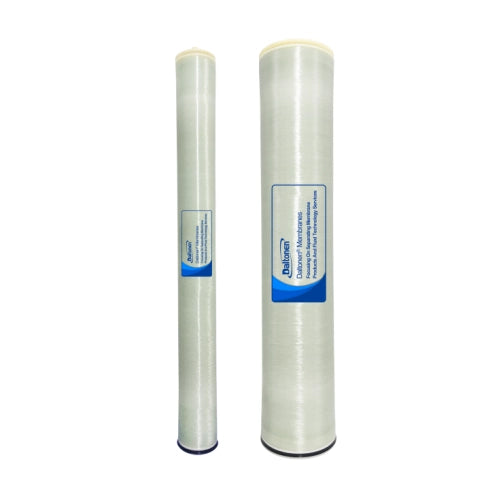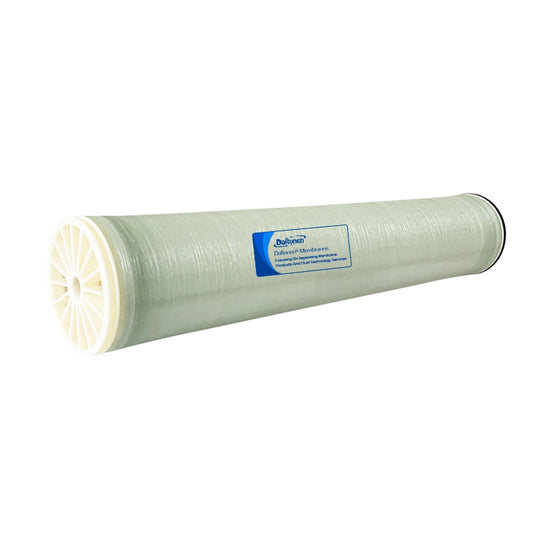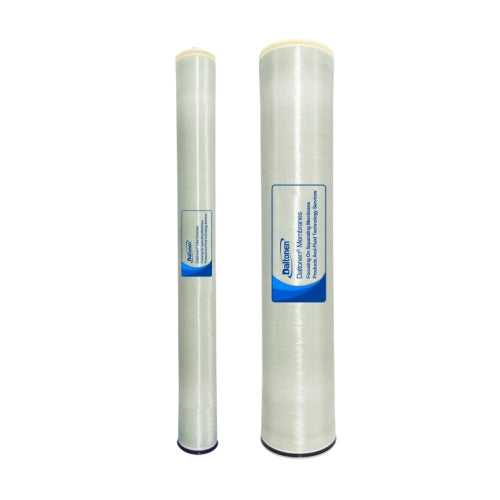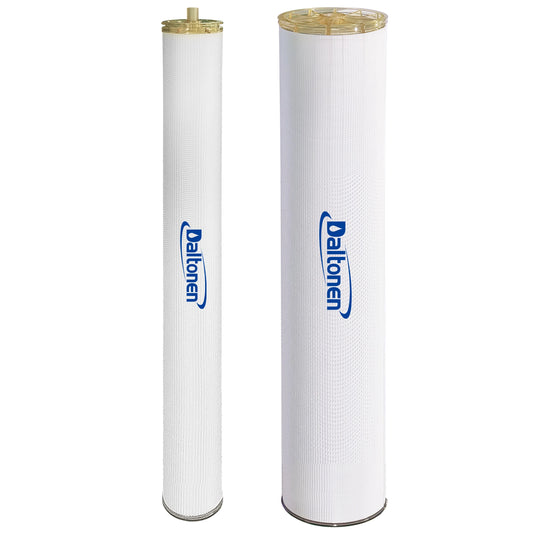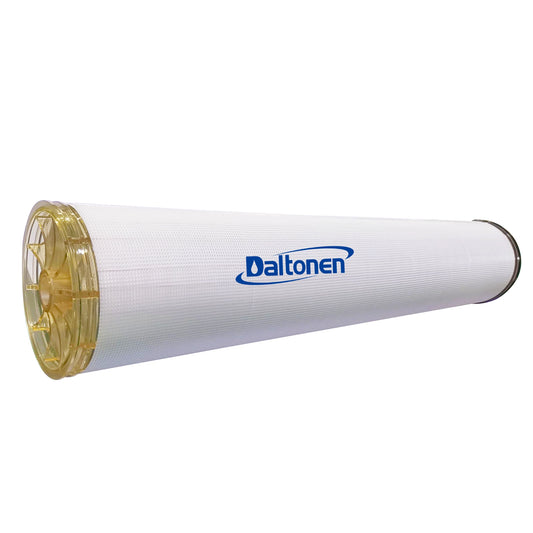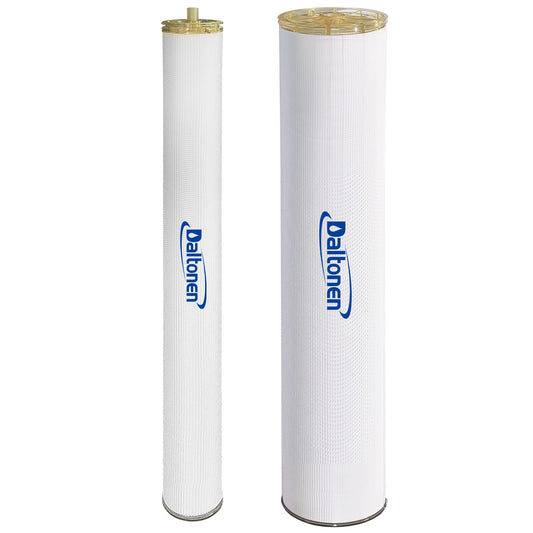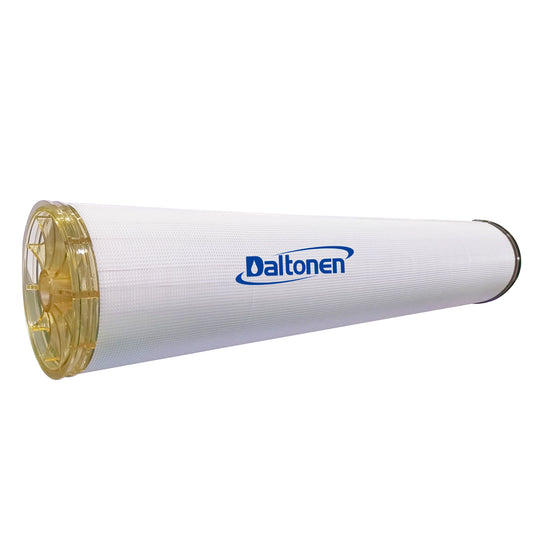Removal Process of Organic Colloidal Pollution in Municipal Wastewater
04 Jun 2025
Objective: To effectively remove organic colloidal pollutants (such as proteins, polysaccharides, lipids, humic colloids, and microbial extracellular polymeric substances (EPS)) from municipal wastewater, enhance effluent water quality (especially SS, turbidity, COD, TP, etc.), and ensure compliance with discharge or reuse standards.
1.Main Challenges:
Small Particle Size (1nm - 0.1μm): These particles have an extremely slow settling velocity, making them difficult to remove through traditional sedimentation methods.
Strong Hydrophilicity and Negative Charge: These characteristics make colloids highly stable in water, resisting aggregation and sedimentation.
Variable Biodegradability: Some colloidal substances have slow biodegradation rates or require specific conditions for degradation.
Membrane Fouling Source: These colloids can easily cause severe fouling in subsequent membrane treatment processes.

2.Recommended Process Flow (Combined Process):
A comprehensive and efficient process typically includes the following core units:
Pre-treatment Stage - Ensuring Stability for Subsequent Processes:
Screens (Coarse Bar Screen & Fine Screen): Remove large floating objects and suspended solids to protect subsequent equipment.
Grit Chamber: Remove sand and inorganic particles to prevent wear and equipment clogging.
Enhanced Coagulation/Flocculation Stage (Core Unit) - Destabilization and
Aggregation:
Coagulation Tank:
A. Coagulant Addition: Use coagulants such as polyaluminum chloride (PAC), aluminum sulfate (Al₂(SO₄)₃), polyferric sulfate (PFS), or iron salts (FeCl₃).
B. Principle: Neutralize the negative surface charge of colloids (reduce Zeta potential), destabilizing the colloids.
Flocculation Tank:
A. Flocculant Addition: Use high molecular weight flocculants, especially anionic polyacrylamide (Anionic PAM) or non-ionic PAM. For specific water qualities (e.g., oily colloids), cationic PAM may also be used.
B. Principle: Utilize the adsorption bridging and sweeping action of high molecular chains to aggregate destabilized colloidal particles and initial flocs into larger, denser flocs (flocs). Slow stirring (low G value) is crucial.
Mixing Method: Typically mechanical stirring or hydraulic mixing is used.
Solid-Liquid Separation Stage - Floc Separation:
High-Rate Sedimentation:
A. Recommended Processes: Lamella clarifier, high-rate sedimentation (e.g., Actiflo®, Densadeg®), and magnetic enhanced sedimentation (MagClar®, CoMag®).
B. Advantages: Compared to traditional sedimentation tanks, these offer higher surface loading rates, shorter retention times, smaller footprints, and more stable effluent (especially turbidity and SS).
C. Principle: Enhance flocculation (some processes integrate a flocculation zone) and use gravity sedimentation to efficiently remove flocs (including colloids captured by flocculants).
Biological Treatment Stage - Degradation of Dissolved Organic Matter:
Main Processes: AAO (Anaerobic-Anoxic-Oxic), oxidation ditch, SBR (Sequencing Batch Reactor), MBR (Membrane Bioreactor), and other activated sludge methods and their variants.
Principle: Utilize microbial metabolism to remove dissolved organic matter (including small colloidal precursors not removed by coagulation), ammonia nitrogen, and some total phosphorus. Although not highly effective in directly removing stable colloids, this is an indispensable core treatment unit.
Relationship with Front-End Chemical Enhancement:
A. Protect MBR Membranes: Pre-treatment with coagulation/flocculation and sedimentation significantly reduces colloidal fouling of subsequent MBR membranes (if present).
B. Improve Sludge Settling: Remove hydrophilic colloids/EPS that hinder settling, improving secondary clarifier performance.
C. Possible Limitations: Excessive metal salt addition may affect subsequent biological systems (microbial activity, potential toxicity) and sludge disposal.
Advanced Treatment / Safety Assurance (Depending on Effluent Standards):
Sand Filter/Granular Activated Carbon Filter: Further remove residual fine particles, colloidal substances, color, and some dissolved organic matter. Activated carbon has good adsorption effects on hydrophobic colloids and dissolved organic matter.
Membrane Filtration: UF (Ultrafiltration) membranes are the most direct and effective means of removing colloids (can retain most colloids) and are typically part of an MBR or an independent advanced treatment unit after secondary treatment. Ensure good pre-treatment (flocculation + sedimentation or at least sand filtration) to prevent rapid membrane fouling. NF (Nanofiltration) may be considered for specific high-standard reuse requirements.
Disinfection: UV, chlorine, ozone, etc., to inactivate pathogens.

Brief Scheme Overview:
Scheme Name: Efficient Collaborative Removal Scheme for Organic Colloidal Pollution in Municipal Wastewater Treatment Plants
Applicable Objects: New construction projects or upgrade projects for municipal wastewater treatment plants (facing issues such as effluent SS/COD/TP exceedance due to colloids, severe membrane fouling, and poor sludge settling).
Core Idea: "Chemical destabilization and flocculation + efficient solid-liquid separation" as key pre-treatment to effectively remove colloids before entering the biological treatment unit, with optional advanced filtration or membrane filtration as needed.
Recommended Process Flow: Screens → Grit Chamber → [Enhanced Coagulation Tank + Enhanced Flocculation Tank + High-Rate Sedimentation] → [Biological Treatment (e.g., AAO)] → [Secondary Clarifier] → [Sand Filter/Granular Activated Carbon Filter / UF Membrane Optional] → Disinfection → Discharge/Reuse Compliance
Core Process Unit Functions:
Enhanced Coagulation/Flocculation: Efficiently destabilize colloids and form large flocs.
High-Rate Sedimentation: Rapidly separate flocs (containing colloids), significantly reducing effluent suspended solids (especially colloids) and ensuring stable operation of subsequent processes.
Biological Treatment: Main degradation of dissolved pollutants.
Advanced Treatment: Provides stable assurance for high standards (sand filtration/GAC) or strong retention (UF membrane).
Key Process Parameters (to be determined experimentally based on specific water quality):
Coagulant Type and Dosage (PAC approximately 15-50 mg/L, Al/Fe salts typically higher).
Flocculant Type (recommended anionic/nonionic PAM) and Dosage (0.2-2 mg/L).
Rapid mixing time for coagulation (0.5-2 minutes).
Slow reaction time for flocculation (15-30 minutes), appropriate G value gradient.
Surface loading rate of high-rate sedimentation tanks (increased to 10-30 m³/m²·d, much higher than traditional sedimentation tanks).
Sludge recycle ratio (if applicable, in high-rate sedimentation tanks or biological systems).
Advantages:
Significant Colloid Removal: Greatly improves effluent water quality (SS, turbidity, COD, TP).
Protects Subsequent Processes: Reduces biological system load (improves settling), alleviates membrane fouling (especially MBR).
Stable and Reliable Operation: Mature technology with flexible process unit combinations.
Shock Load Resistance: Chemical enhancement provides some buffering against influent water quality fluctuations.
Compact Footprint: High-rate sedimentation units occupy less space.
Considerations/Challenges:
Chemical Costs: Continuous addition of coagulants and flocculants increases operating costs. Dose optimization is necessary.
Increased Sludge Production: Chemical sludge from coagulation and flocculation increases total sludge volume, requiring consideration of sludge handling system capacity.
Residual Chemical Impact: Attention must be paid to the potential long-term effects of residual metal ions and PAM on biological systems and aquatic environments. High-quality chemicals should be selected.
System Integration and Optimization: Coordination and control between units (e.g., chemical dosing control logic) are crucial.
Optimization for Different Colloid Characteristics: Significant water quality differences require pilot or simulation experiments to determine the best chemical types and parameters.
Investment and Operation: Compared to traditional processes, this scheme adds enhanced coagulation/flocculation facilities and high-efficiency sedimentation tanks, increasing initial investment. The main increase in operating costs is due to chemical expenses (coagulants, flocculants) and energy consumption of new equipment. However, these can be balanced or beneficial by improving effluent compliance rates, reducing membrane replacement/frequency cleaning costs, and enhancing overall system stability.
This scheme provides a general framework. In actual engineering applications, detailed water quality analysis (identification of main colloid types and concentrations) and targeted laboratory pilot and pilot studies must be conducted to accurately determine the optimal process combination, chemical types and dosages, and operating parameters, thereby balancing treatment effectiveness, cost efficiency, and environmental friendliness.
Tags:
